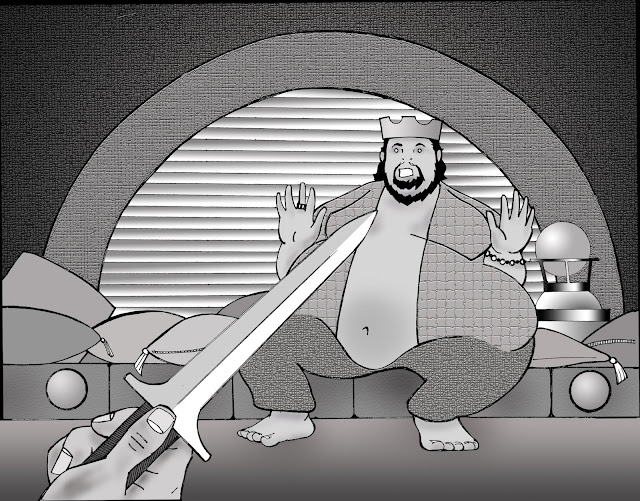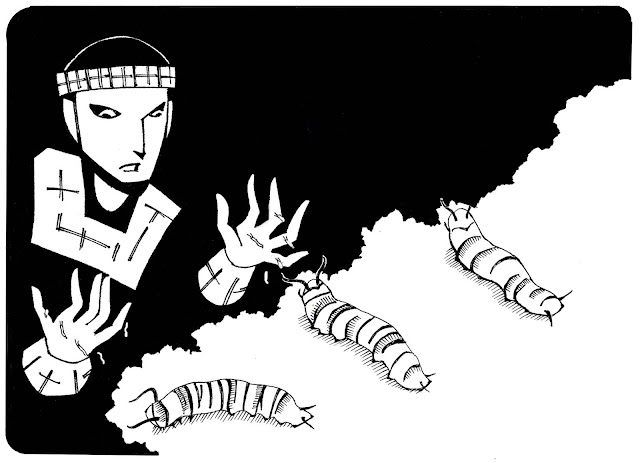Z is for Zebah and Zalmunna
Zebah, Zalmunna, Kings of Midian. For crimes, executed by Gideon. Portia: Judges 8:21: "Gideon proceeded to kill Zebah and Zalmunna; and he took the crescents that were on the necks of their camels." Thomas: Zebah and Zalmunna are illustrated in the style of Sweet Publishing, which were used in Sunday School lessons when I was a child. .








